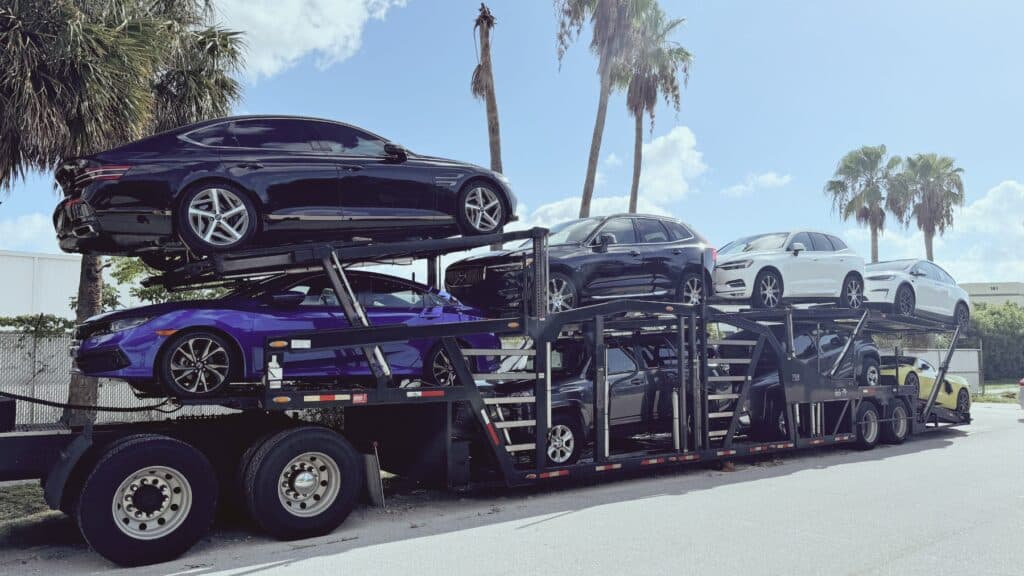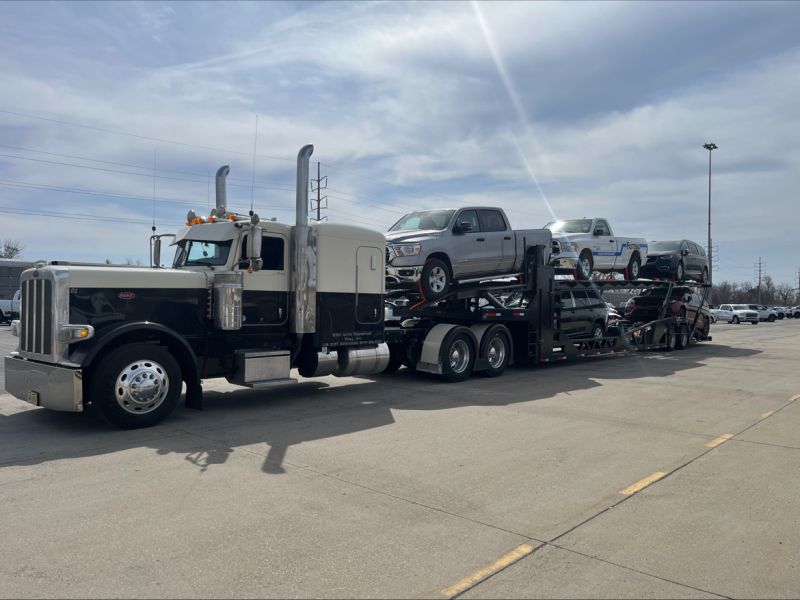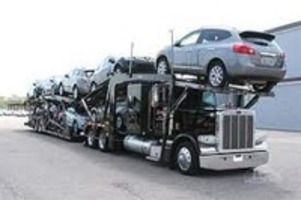When it comes to shipping a vehicle internationally, one of the most common questions is whether vehicle inspections are done at port. The process of inspecting vehicles can vary depending on the destination country, the method of shipping, and the regulations of the port itself. In this post, we’ll dive into whether vehicle inspections are performed at the port and what you need to know about the inspection process when shipping your car internationally.
1. The Role of Inspections in Vehicle Shipping
Before we answer the main question, it’s important to understand the role of vehicle inspections during the shipping process. Inspections are typically done to ensure that vehicles meet safety, environmental, and customs regulations. These checks can also help prevent illegal or prohibited items from being transported.
- Safety Inspections: Many ports conduct safety inspections to ensure that vehicles are in good condition for transport and do not pose a risk to the shipping process. This includes checking that the vehicle is properly secured and has no fluid leaks.
- Environmental Standards: Some countries have strict environmental regulations, particularly regarding emissions. Inspections at the port may be conducted to ensure that vehicles meet the destination country’s environmental standards.
- Customs Inspections: One of the most important inspections is the customs inspection, which is required for all imported vehicles. The purpose of this inspection is to verify that the vehicle complies with local import regulations, and it can happen at the port of entry.
2. Are Vehicle Inspections Done at Port?
Yes, in most cases, vehicle inspections are done at the port of entry. However, the nature of these inspections varies depending on several factors:
- Destination Country Regulations: Different countries have varying requirements for vehicle inspections. Some may have stringent checks at the port, while others may have a more lenient process, especially if the vehicle has been pre-approved for import.
- Type of Shipping Method: The shipping method used can also affect where and how inspections are done. For example, if you are shipping a vehicle via Roll-on/Roll-off (RoRo), the vehicle will likely undergo an inspection when it arrives at the port. If the car is in a container, the inspection may be more focused on the overall contents of the container rather than the vehicle itself.
- Pre-arrival Inspections: Some countries require a pre-arrival inspection for vehicles before they reach the port. These inspections are typically done at a facility before the vehicle is loaded onto the ship, and this could mean that by the time the vehicle reaches the port of entry, the inspection process has already been completed.
In short, vehicle inspections can indeed be done at the port, but the timing and thoroughness depend on the destination country and the shipping method.
 3. What Do Vehicle Inspections at the Port Involve?
3. What Do Vehicle Inspections at the Port Involve?
When a vehicle undergoes inspection at the port, several things are typically checked to ensure it complies with the regulations of the destination country. Here are some of the key aspects that may be examined:
- Exterior Condition: The inspector will usually check the vehicle’s exterior for damage, including any visible signs of wear or previous accidents. This ensures that the vehicle is in a transportable condition and can withstand the journey without further damage.
- Vehicle Fluids: Inspectors will often check the vehicle’s fluids (such as oil, coolant, and fuel) to ensure that there are no leaks. Leaking fluids can create safety hazards during transport and may lead to delays.
- Tire Condition: The tires will be inspected to ensure they are not damaged or excessively worn, as this can affect the safety of the vehicle during shipping.
- Customs Compliance: Customs inspectors will verify that the vehicle has the proper documentation, such as the bill of sale, title, and any necessary certifications. This ensures that the vehicle is eligible for import and complies with all local regulations.
- Environmental Regulations: Many countries, particularly in Europe and the U.S., have strict environmental standards. The vehicle may be inspected to ensure that it complies with emissions and safety standards.
- Vermin Checks: In some cases, especially when importing vehicles from certain regions, ports may perform additional inspections to ensure that the vehicle is not carrying pests, dirt, or contaminants that could affect the local environment.
These inspections are designed to protect the safety of the vehicle, the shipping process, and the destination country’s environment and regulations.
4. How Long Do Vehicle Inspections at Port Take?
The time it takes for vehicle inspections at the port depends on several factors, including the destination country, the complexity of the inspection, and the volume of vehicles being processed at the port.
- Customs and Security Checks: In some cases, customs inspections can take longer, especially if there are discrepancies in the paperwork or if the vehicle is flagged for additional checks. Generally, this process can take anywhere from a few hours to several days.
- Emissions and Safety Inspections: If the vehicle needs modifications to meet local standards (such as emissions controls or safety features), this can delay the process. In some cases, vehicles that do not meet the standards may be held at the port until the necessary changes are made.
- Pre-Arrival Inspections: If the vehicle has already been inspected before it arrived at the port, the inspection process at the port could be much quicker. However, if the vehicle is subject to additional checks, expect a longer wait.
It’s always a good idea to work with your shipping company or customs broker to understand the specific inspection requirements and timeframes for the destination country.
5. How to Prepare for Inspections at the Port
While you can’t always predict how long the inspection process will take, there are steps you can take to help ensure that your vehicle passes inspection smoothly and quickly:
- Ensure Proper Documentation: Make sure all necessary documents (title, bill of sale, customs declarations, etc.) are prepared and accurate before the vehicle arrives at the port.
- Clean the Vehicle: Thoroughly clean the vehicle to ensure that it meets the hygiene standards of the destination country. This is particularly important for countries that have strict regulations on contaminants and pests.
- Check for Damage and Leaks: Inspect the vehicle yourself before shipping to ensure there are no visible issues. Fix any leaks or damage to prevent delays during the inspection process.
- Understand the Regulations: Familiarize yourself with the inspection requirements for your destination country, particularly regarding emissions standards and safety features.
By preparing in advance, you can help ensure that your vehicle passes inspection smoothly and without unnecessary delays.
In most cases, vehicle inspections are indeed done at the port when shipping internationally. The inspection process is essential for ensuring that vehicles comply with safety, environmental, and customs regulations. Understanding what these inspections involve, how long they may take, and how to prepare for them can make the process of shipping your vehicle much smoother.
If you’re planning to ship a car internationally, work with a trusted shipping provider and customs broker who can guide you through the process and help ensure that your vehicle meets all the necessary requirements before and after inspection.


 Step 4: How ShippingCars.org Can Help
Step 4: How ShippingCars.org Can Help
 Step 2: Does International Shipping Always Mean Full Insurance?
Step 2: Does International Shipping Always Mean Full Insurance?







 Costly Cages
Costly Cages

